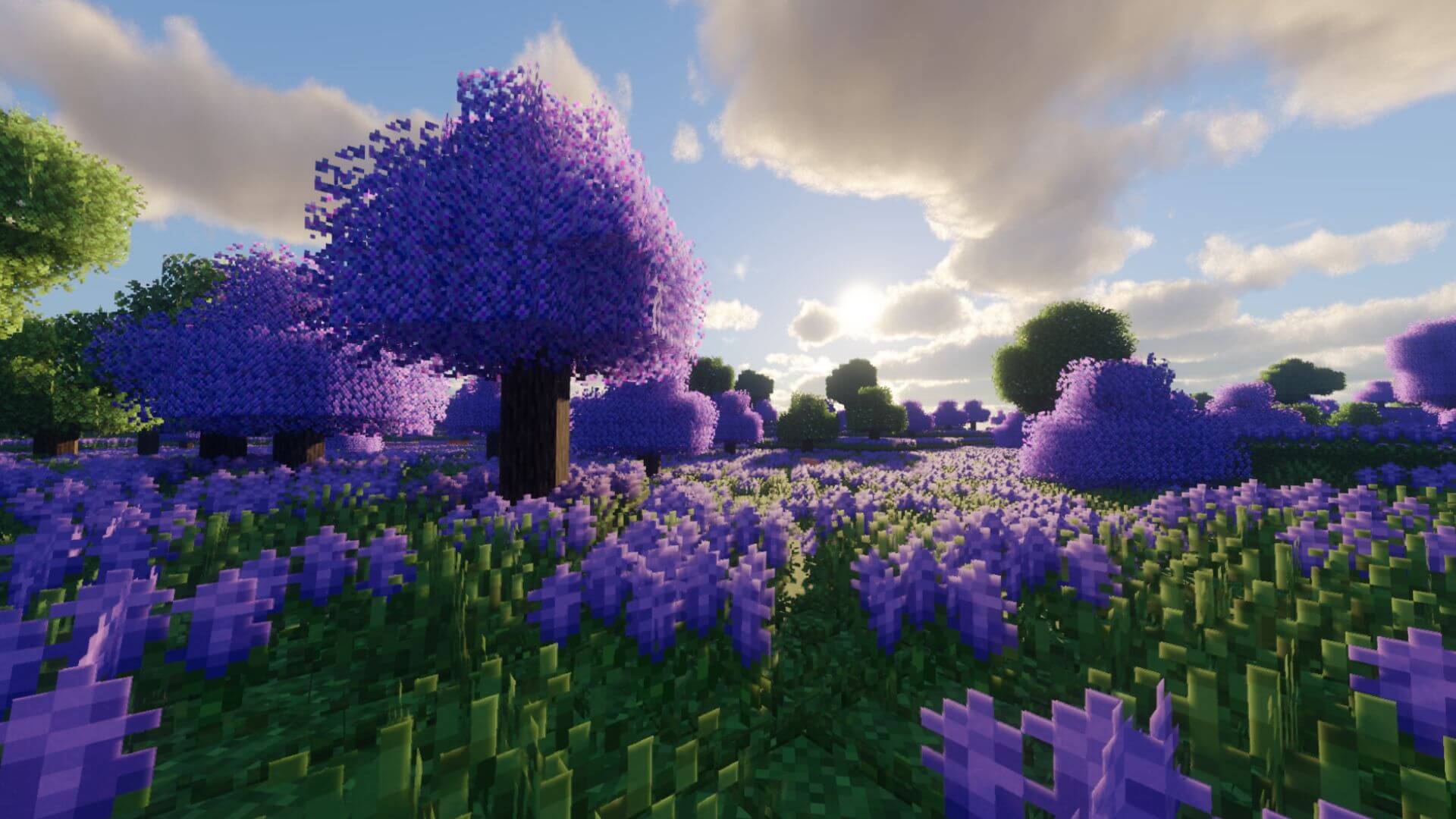For over a decade, Minecraft has captivated players worldwide with its unique blend of survival, creativity, and exploration. One of its most engaging features is the vast array of biomes, each offering a distinct aesthetic and gameplay experience. For optimal performance in these diverse landscapes, ensure your system meets the Minecraft system requirements. In this in-depth guide, we'll explore all Minecraft biomes, uncovering the unique features, inhabitants, and resources that set them apart.
Understanding Minecraft Biomes
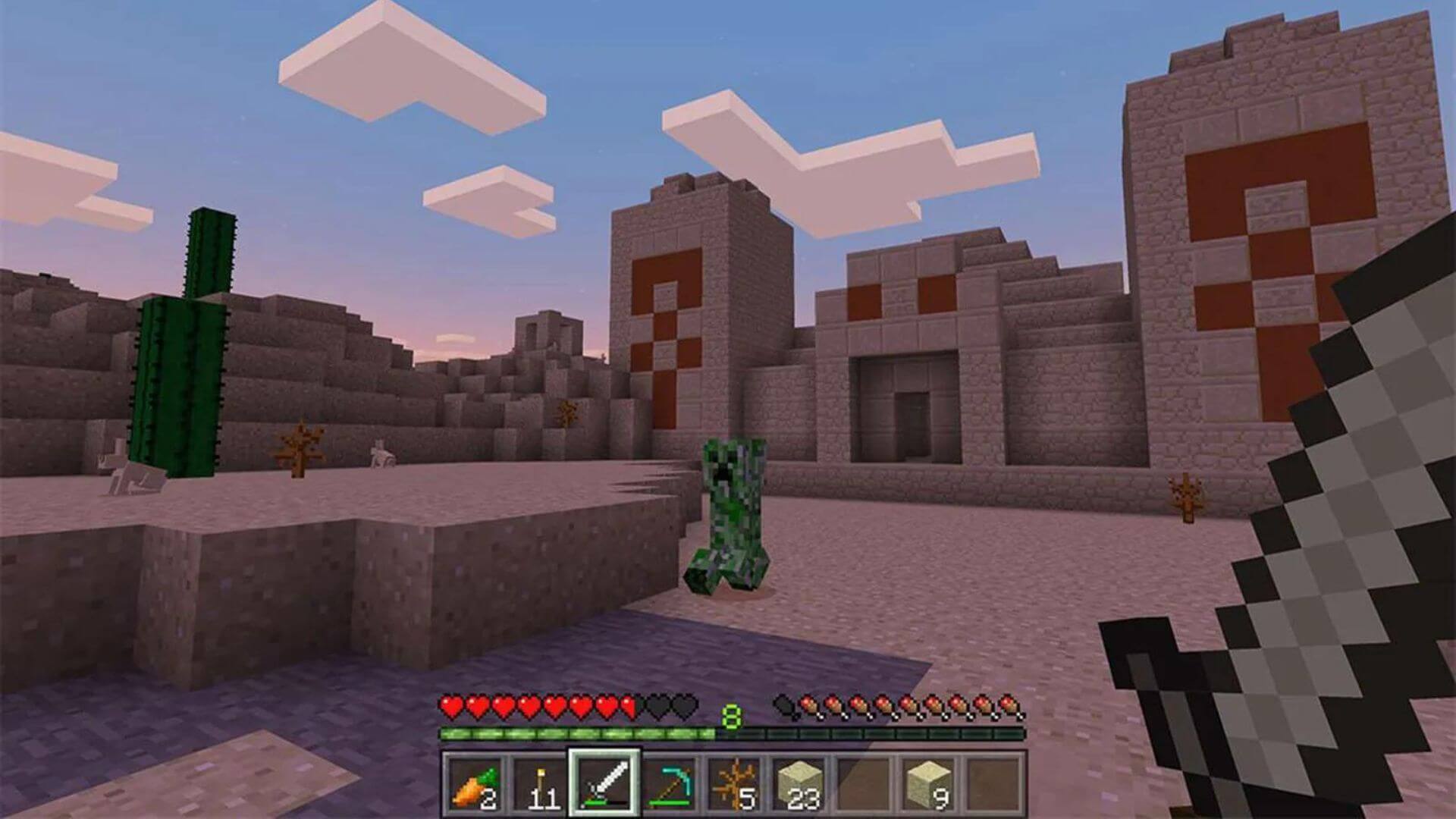
Before we delve into the specifics, it's crucial to understand what a biome is in the context of Minecraft. Essentially, a biome represents a specific type of environment, defined by its climate, vegetation, structures, and mobs.
The game currently features 79 distinct biomes, including everything from dense jungles to barren deserts, icy tundras to vibrant coral reefs. Each biome offers unique opportunities and challenges, providing endlessly diverse settings for players to explore, build, and survive. Additionally, recent updates have introduced biome-specific mob variants for pigs, cows, and chickens, which visually adapt to their environment (e.g., fluffy coats in snowy regions), and sheep wool color also changes based on the biome. If you're looking to host your own world, check out our guide to Minecraft server hosting.
The Overworld Biomes
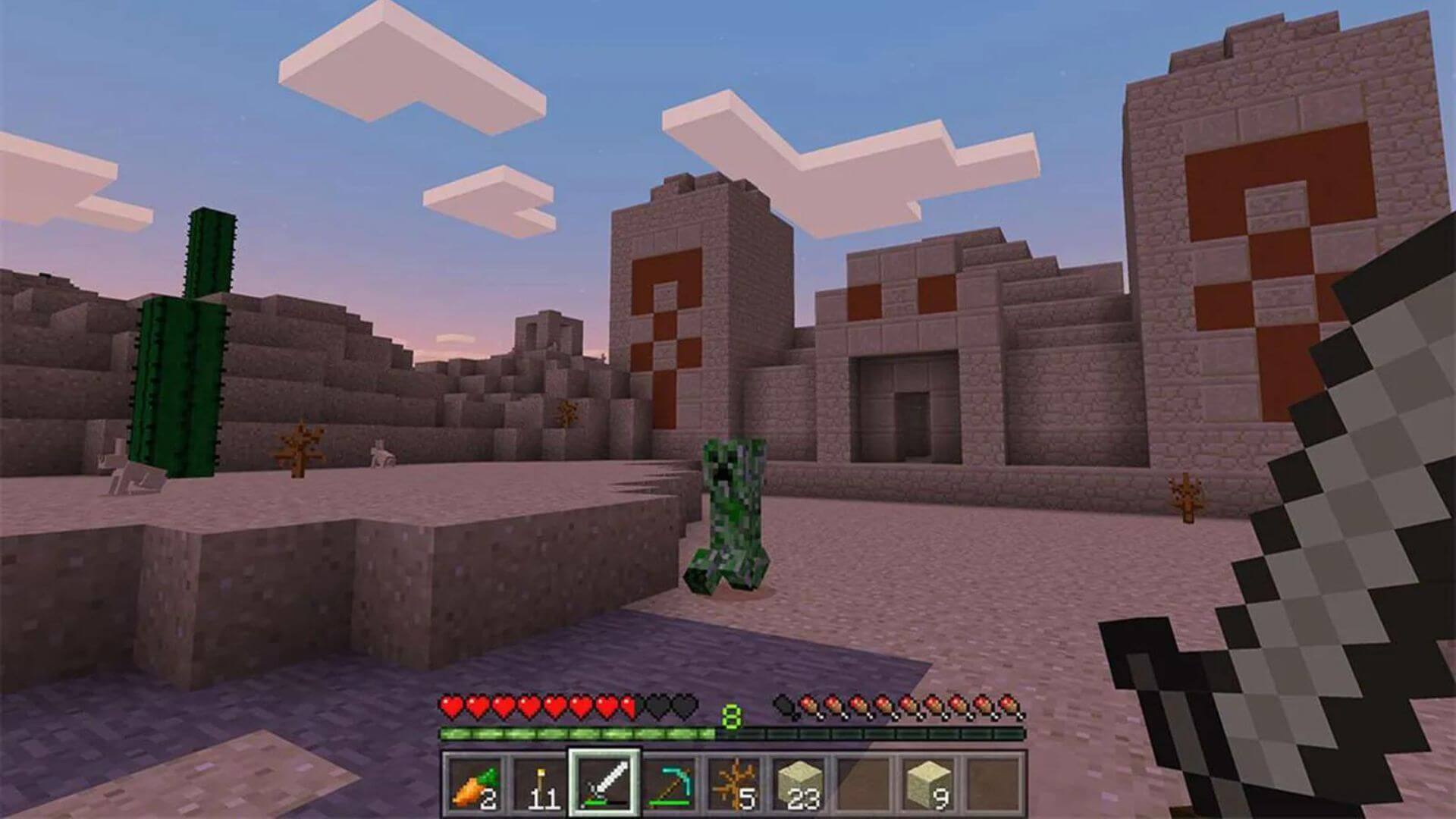
The Overworld is where every Minecraft player begins their journey, hosting the majority of the game's biomes. Let's take a closer look.
Forests and Plains
The Forest and Plains biomes are the most common, making them ideal starting points for beginners. Here, you'll find an abundance of wood (which can be used to make charcoal), food sources, and potential building spots. For inspiration, check out our Minecraft house ideas. Variants include the Flower Forest (now with denser trees and more cohesive flower patches), Birch Forest, Dark Forest, and Sunflower Plains.
Cherry Blossom Biome
Introduced in the 1.20 "Trails & Tales Update", the Cherry Blossom Biome is a beautiful and vibrant addition to the Overworld. Characterized by its distinctive pink-leaved cherry trees, pink flowers, and a generally serene atmosphere, it's a popular spot for building and exploration. Bees and rabbits are commonly found here.
Taiga
The Taiga biome is a cold, forested area characterized by spruce trees. In recent updates, Taiga biomes now feature more frequent generation of small ferns and larger patches of sweet berry bushes. The Old Growth Spruce Taiga and Old Growth Pine Taiga variants also have mushrooms generating in larger, more cohesive patches, and increased fern generation, with sweet berry bushes also appearing in these variants.
Meadows
Meadows are open, grassy biomes often found near mountains. In recent updates, meadows now see more frequent generation of short and tall grass, and flowers generate in concentrated patches instead of being spread equally, improving their visual style.
Groves
Groves are snowy biomes characterized by spruce and birch trees. In recent updates, trees now generate more sparsely in groves.
Deserts
Contrasting the lush greenery of forests and plains, Deserts are a harsh landscape, where water and vegetation are scarce. In recent updates, dead bushes now generate more frequently, and new ambient sounds have been added for sand, red sand, and terracotta blocks. Dead bushes can also occasionally creak. Short Dry Grass and Tall Dry Grass blocks have been added, generating in these biomes. However, they're rich in sand, cacti, and unique structures like desert temples and villages (where you can find villagers with various jobs), making them worth a visit.
Mountains
Mountains feature dramatic terrain and are rich in mineral resources, particularly coal, emeralds, and diamonds. For tips on finding diamonds, check out our guide on how to find diamonds in Minecraft. However, the harsh conditions and steep cliffs can make survival more challenging.
Swamps
Swamps are a unique biome, characterized by their murky water, lily pads, and abundant sugar cane. In recent updates, blue orchids now generate more frequently, and there's a slight increase in swamp oak frequency. Swamp oaks no longer generate directly on the ground, and lily pads appear more often. Mangrove swamps now feature sparser mangrove trees that generate over water, and more frequent lily pads. They are also the only places where you'll find witches' huts and slimes at night.
Jungles
Dense and vibrant, Jungles are home to cocoa beans, melons, and the rare jungle temple. They're also the only biome where you'll find parrots and ocelots.
Savannahs
Savannahs are flat, dry biomes, featuring Acacia trees and a variety of mobs. They're a great place to find villages and are the only place to find horses.
Oceans
Oceans cover a significant portion of the Minecraft world, and exploring their depths can be a rewarding challenge. In recent updates, kelp now grows more frequently and in denser patches at any depth. Seagrass no longer generates poking through ice in biomes with frozen water surfaces, and frozen ocean surfaces are no longer entirely covered by ice, now featuring patches of water, including in deep frozen oceans. Coral reefs, shipwrecks, and ocean monuments await those brave enough to venture beneath the waves.
Cave Biomes
Introduced in the Caves & Cliffs update, Minecraft now features distinct cave biomes that add new layers of exploration underground.
Lush Caves
Lush Caves are vibrant, verdant underground biomes filled with unique flora such as azalea trees, glow berries, and spore blossoms. They are often found beneath azalea trees on the surface and are home to axolotls.
Dripstone Caves
Dripstone Caves are characterized by large and small dripstone formations (stalactites and stalagmites) and pointed dripstone. These caves can be quite treacherous due to falling dripstone, but they are also a good source of copper ore.
The Nether Biomes
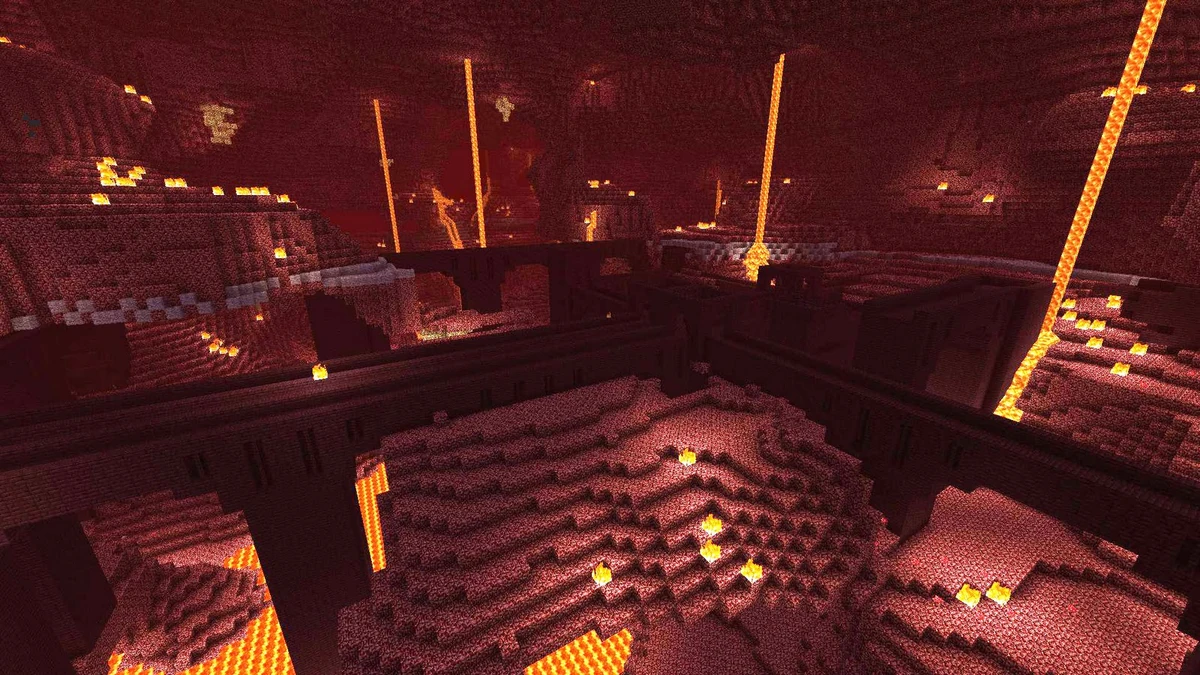
Introduced in the Nether Update (1.16), the Nether now features five unique biomes. For a comprehensive guide to this fiery dimension, check out our article on what is the Nether in Minecraft.
Crimson Forest
A hauntingly beautiful biome, the Crimson Forest is filled with all things red, from the Nether wart blocks to the crimson fungi.
Warped Forest
A twisted version of its crimson counterpart, the Warped Forest is a turquoise biome, home to warped fungi and the eerie endermen.
Soul Sand Valley
The eerie Soul Sand Valley is a barren wasteland filled with soul sand, soul soil, and towering basalt pillars.
Basalt Deltas
Basalt Deltas are treacherous terrain, filled with basalt, blackstone, and a constant shower of ash particles. They're the only biome where you'll find magma cubes.
Nether Wastes
The Nether Wastes represent the classic Nether landscape. It's a dangerous place, teeming with hostile mobs, but also the primary source of ancient debris, the key ingredient for crafting Netherite.
The End Biomes

The End hosts two unique biomes that offer the game's most formidable challenges and rewards.
The End Main Island
The End Main Island is where the dragon resides, surrounded by a circle of obsidian pillars. Defeating the dragon not only grants a significant amount of experience but also opens up gateways to the other End biome. If you're looking to challenge yourself further, learn how to respawn the Ender Dragon in Minecraft.
End Highlands
The End Highlands are remote islands scattered around the main island, home to the peculiar chorus plants and the cities of the Endermen, filled with valuable loot and the coveted Elytra.
Rare Biomes
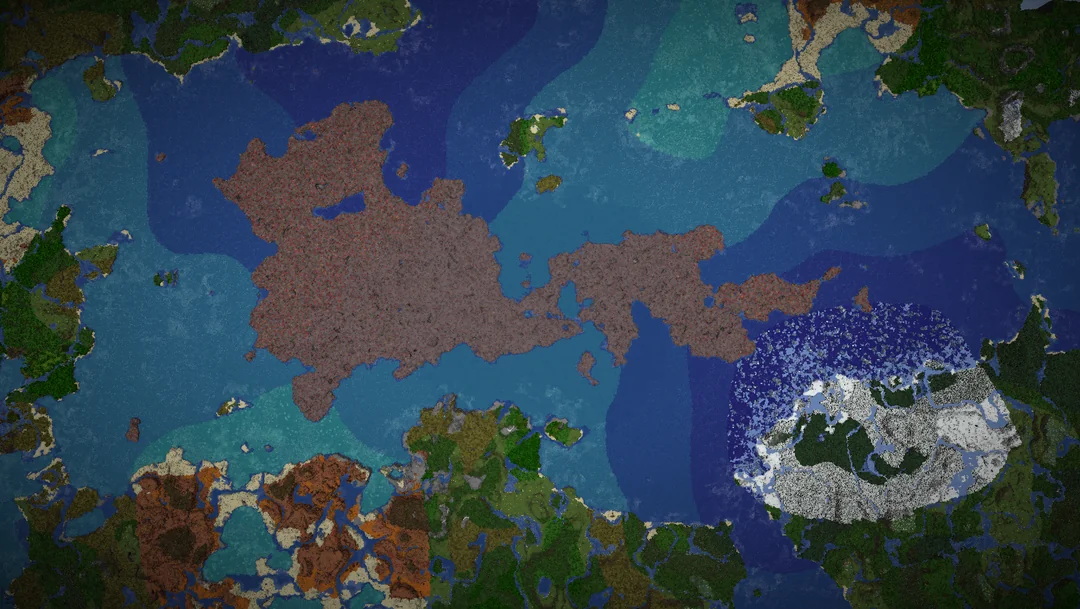
Minecraft also features a number of rare and unique biomes, each with its own distinct allure.
Pale Garden Biome
Introduced in Minecraft 1.21, the Pale Garden Biome is a unique and eerie variant of the Dark Forest. It features dynamic changes between night and day, atmospheric sound changes, and unique Eyeblossom flowers that open at night. This biome also introduces a new wood type: Pale Oak. Woodland Mansions can now generate in the Pale Garden. It has an empty and barren feel, with no passive mobs spawning during the day.
Mushroom Fields
Mushroom Fields are among the rarest and strangest biomes, covered in Mycelium and giant mushrooms. In recent updates, mushrooms now generate in larger patches. They're the only place where you'll find mooshrooms and are free from hostile mobs, making them an oasis of peace in an otherwise dangerous world.
Badlands
Formerly known as the Mesa, the Badlands are a barren, desert-like biome, distinguished by their layers of colorful terracotta. They're also the only place where you'll find mineshafts on the surface, making them a gold mine for adventurers.
Ice Spikes
The Ice Spikes biome is a winter wonderland of towering ice structures, a sight to behold but a challenge to navigate.
Bamboo Jungle
The rare Bamboo Jungle is the only place where you'll find pandas and bamboo, a key ingredient for scaffolding.
Conclusion: The Ever-Expanding World of Minecraft
The diverse array of biomes in Minecraft lends the game a level of depth and variety that few others can match. From the lush jungles and serene mushroom fields to the haunting landscapes of the Nether and the barren wastes of the End, each biome offers a unique opportunity for adventure, exploration, and creativity.
With Mojang continuously updating the game with new content, who knows what new and exciting biomes await us in future updates? For more information on Minecraft's biomes, check out the official Minecraft Wiki. Happy exploring!
Remember to follow GhostCap for more in-depth guides, tips, and news on your favorite games. From Minecraft biomes to the latest in gaming technology, we're your one-stop source for all things gaming.
